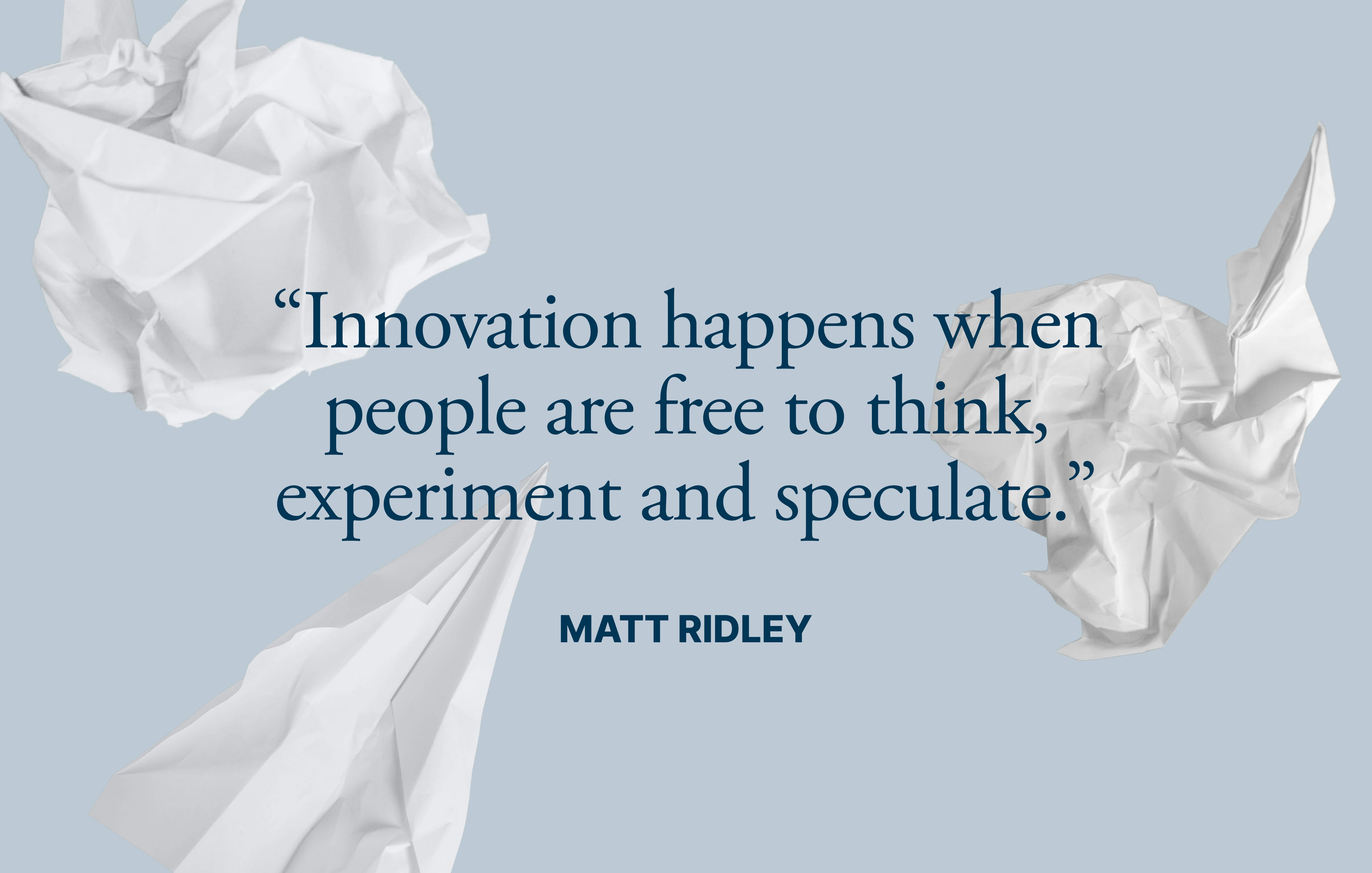Cultivating Resilience: Harnessing Psychological Safety for Small Biz Growth
In today’s fast-paced business landscape, small businesses face numerous challenges as they strive for sustained growth. One powerful, often overlooked strategy for achieving innovation and resilience lies in creating an environment of psychological safety. This article will delve into how fostering a safe workspace for employees to express their thoughts and take risks can lead to transformative growth. You’ll discover actionable strategies that can be easily implemented to cultivate psychological safety in your small business, ultimately paving the way for long-term success.
The Power of Psychological Safety
Psychological safety is a term popularized by Harvard Business School professor Amy Edmondson. It refers to a climate where individuals feel free to take risks, voice opinions, and express concerns without fear of negative consequences. When employees feel psychologically safe, they are more likely to share innovative ideas, tackle challenging problems, and work together collaboratively.
Research shows that psychological safety not only fuels creativity but also enhances team performance. According to a report by Google on team effectiveness, the most successful teams prioritized safety above all else. With this in mind, small business owners can leverage psychological safety to unlock new levels of growth and innovation.
The Business Case for Psychological Safety

A psychologically safe workplace directly impacts key business metrics. Companies that prioritize psychological safety tend to see higher employee engagement, reduced turnover rates, and improved communication. Additionally, fostering an environment where employees feel secure can significantly bolster a company's ability to adapt and respond to market changes—an essential trait in today’s ever-evolving business landscape.
Moreover, businesses recognized for their supportive workplace culture often attract top talent. According to a survey by Glassdoor, many professionals are willing to forsake higher salaries for a more positive workplace experience. In essence, a commitment to psychological safety is not just a human resources tactic; it’s a strategic business decision.
Actionable Strategies to Cultivate Psychological Safety

Begin with Leadership

Authentic leadership is paramount to establishing a culture of psychological safety. Leaders must exemplify vulnerability by admitting their own mistakes and encouraging open dialogue. When leaders model this behavior, they communicate to their teams that it’s acceptable to take risks—even if it means failing.
Consider having open forums where employees can freely express their ideas or frustrations. This not only builds trust but also fosters an environment where people feel respected and valued. When teams believe that their contributions carry weight, they are likelier to engage meaningfully.
Encourage Feedback Loops

Implementing constructive feedback loops is essential in nurturing psychological safety. Feedback should be a two-way street—both leaders and employees should be encouraged to give and receive input. This process not only clarifies expectations but also pits people against the challenge of improvement and growth.
For example, regular check-ins can be instrumental in reinforcing this culture. These sessions can allow employees to share their thoughts candidly, be it through one-on-one discussions or anonymous surveys. This approach allows concerns to bubble up more organically while encouraging a culture of accountability.
If you’re curious about leveraging feedback for robust growth, check out this resource.
Create Safe Spaces for Ideas

Establishing dedicated sessions for brainstorming or feedback ensures employees feel comfortable pitching their ideas without judgment. Think of these as “innovation incubators” that encourage unfiltered thought processes. Teams can explore any form of feedback or ideas, from small tweaks to grander concepts.
Incorporating gamification strategies, such as hackathons or idea competitions, can also spur creativity. When teams feel playful and encouraged, they’re more likely to share insights that could lead to breakthroughs. Inspired by this concept? Discover how gamification can propel your business forward.
Promote Team Collaboration

Fostering collaboration can significantly develop psychological safety. Diverse teams bring contrasting perspectives and ideas, leading to more innovative solutions. Small business leaders can enhance team experiences by establishing cross-functional project teams that encourage collaboration and unity.
Take the time to celebrate team successes, big and small. Acknowledging collective achievements helps cultivate a sense of belonging and reinforces the importance of collaboration. Moreover, it demonstrates to the team that their efforts do not go unnoticed.
Emphasize Learning Over Blame

When mistakes arise, the reaction from leadership plays a critical role in determining the next steps. Instead of fostering a culture that assigns blame, leaders should redirect the focus toward learning opportunities. Creating a “fail-forward” mindset allows employees to extract valuable lessons from setbacks.
Investing in training programs can significantly affect how teams perceive failures and successes. Use incidents as case studies for learning or host sessions discussing how to turn setbacks into stepping stones. Understanding that every impediment can be an opportunity for growth is essential for maintaining momentum.
Consider tapping into insights from delivery models that emphasize learning from failures to guide your teams toward resilience.
Implementing Psychological Safety in Practice

Foster Inclusivity

A diverse team is a key element of psychological safety. Recognize that inclusion goes beyond race and gender; it also encompasses thoughts, experiences, and perspectives. Small business owners should strive to create an environment where everyone, regardless of background, feels heard and included.
Encouraging diversity in thought equips teams with varied approaches to problem-solving and innovation. Actively seeking input from quieter team members and ensuring that all voices are heard can lead to unexpected, transformative ideas.
Monitor the Atmosphere

Periodically assess the atmosphere within your organization. Are employees openly sharing concerns or hesitant to voice their thoughts? Conducting anonymous surveys can help gauge psychological safety levels, allowing leaders to pinpoint areas that need attention.
Beyond surveys, consider hosting all-hands meetings where employees can voice their feedback openly. Transparency leads to accountability, empowering your team to nurture their workspace actively.
Celebrate Diversity of Thought

Encouraging a range of viewpoints ultimately fosters innovation. Small businesses can celebrate differences by creating platforms where employees can showcase their unique ideas. Hosting regular knowledge-sharing sessions or "lunch and learns" enables teams to learn from one another while building camaraderie.
Additionally, evaluate the language and policies in use. Small changes, like team-building events that highlight cultural differences or practices, can significantly enhance team dynamics.
Leverage Technology

Various digital tools can facilitate psychological safety, such as anonymous feedback platforms or team collaboration apps. These platforms can allow people to view team goals, offer suggestions, and share pressures—all in real-time.
Top-notch communication tools also foster transparency and ensure that employees feel comfortable discussing their ideas. This accessibility helps to create a safer environment where teams can flourish and contribute collaboratively.
The Ripple Effect of a Safe Workplace
When psychological safety thrives, leaders observe a ripple effect on organizational culture. Greater innovation, better employee satisfaction, and improved retention rates often follow suit. Employees who feel secure and valued typically exhibit increased job performance and morale, directly leading to positive outcomes for the business.
Additionally, fostering a culture of resilience ensures that teams are well-equipped to handle challenges as they arise. In hurdles, employees are more inclined to rally together, share insights, and brainstorm solutions collectively rather than succumb to the pressure of single-point accountability.
Final Thoughts: A Call to Action
Harnessing psychological safety in your small business is not merely an HR initiative—it’s a crucial strategy for fostering innovation and long-term success. By centering your leadership approach on vulnerability, establishing collaborative spaces, and promoting a culture of inclusivity, you lay the foundation for resilience that can weather any storm.
The journey to cultivate psychological safety may take time and effort, but the returns on investment, whether in higher morale, increased profits, or engaged employees, are worth the time and commitment. Begin implementing these strategies today, and watch your organization thrive while nurturing an innovative spirit that can transform your business landscape.
For more insights into enhancing your business strategies, you might find this exploration of adaptability particularly useful.



